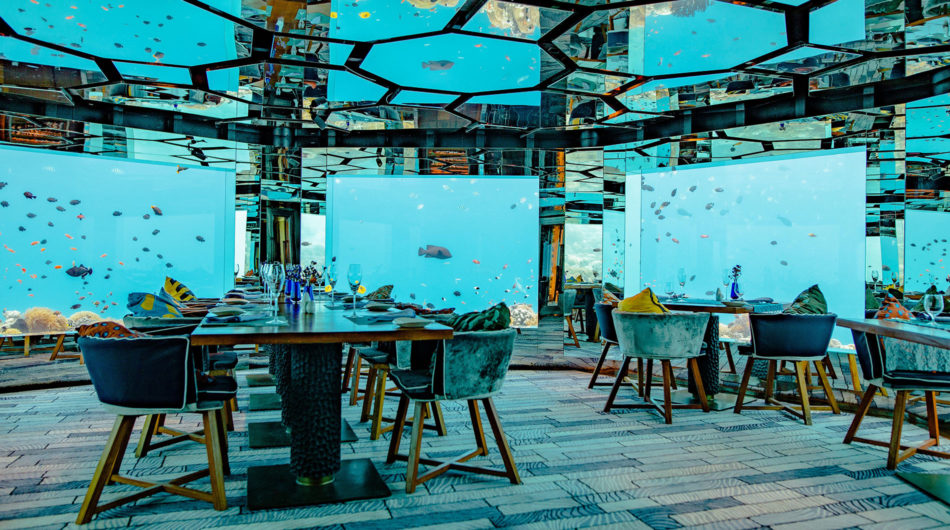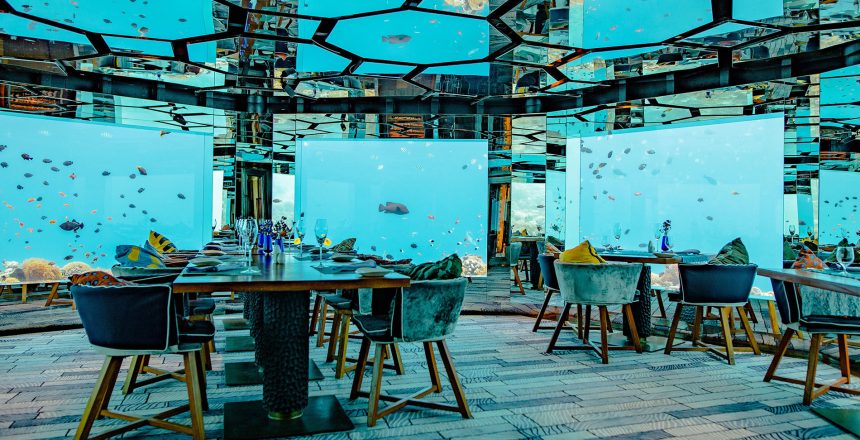Alex Marks explains how changing restaurant and food trends will dramatically impact the way you dine out – and sooner than you think.

Humankind has been paying for meals outside the home since the time of the ancient Greeks, but it was the French who gave us the word ‘restaurant’ sometime in the early 16th century.
The word originally referred to a ‘restorative beverage’, but by the late 18th century it was common parlance for any commercial eating establishment.
For the next 200 years or so, the French set the standard for eating out – right up until they conceded the title by allowing the sale of Le Big Mac on their shores and once again became gastronomic mortals.
Society is currently engaged in a host of debates around food and how we consume it. Food provenance, ethical production, environmental damage, labour exploitation and whether the chef voted to leave or remain are all informing our decisions about how and where we eat.
Choosing a restaurant has never been so difficult.
So in 25 years’ time, what will ‘dining out’ look like? Will the word ‘restaurant’ even exist and what will become of our celebrity chefs?
Here’s what eating out looks like in the year 2044:
1. Fast food will go casual
We love its convenience, but fast food hasn’t done wonders for our health or sense of community. Consumers in the future are going to have a far greater appreciation of a more carefully crafted meal. Expect a new breed of high street eatery to dominate: fast-casual.
See it as a counter response to the heavily processed, eat it NOW and GET OUT type of establishments many of us have grown up with. It will be quick rather than fast, use fresh ingredients, priced for the middle market and eaten in casual surroundings.
Read more: River predicts travel and tourism
2. Your favourite restaurants will know who you are when you walk through the door
And they will present you with personalised menu options using your data – based on things like your purchase history and recent media consumption.
Many restaurants will use local food suppliers, which means more efficient, real-time production methods can be used.
The term ‘artisan’ will mean ‘elegantly assembled by robots’, rather than hand-crafted, and fulfilled orders will be picked up from self-service kiosks.
3. Smart tables and (maybe) the odd human
When you take your seat, your table can be your waiter, sommelier or even your dining companion – and it will be normal to order and pay via a screen in all but high-end dining outfits.
The interface will allow you to customise your order beyond foodstuff to include supplements and friendly gut bacteria. There are points to quick-charge your personal device while you dine and your table acts as a surrogate device should your dining companion be late and you find yourself unable to sit with your own thoughts for more than five minutes.
Real humans stay in the background but can be ordered to appear should you need a table cleaned or to make a complaint.
4. Fine dining won’t focus on the food
While food standards will have improved for the many, those with the means will still seek out luxury food experiences. However, the days of the lone-wolf chef creating culinary masterpieces via the medium of shouting very loudly will be long gone. In their place will be collaborations between experts of different disciplines.
Fine dining will have reached its food-focused zenith some time ago and now draws upon scientists, artists, sound engineers and psychologists to create ever more exclusive multisensory experiences.
5. Chef as social activist
As the world continues to struggle with the paradoxical challenges of hunger, obesity and undernutrition, the role of the chef will have moved beyond menus and kitchens. No longer just a creator, chefs will play a more central role within communities, supporting them in shaping food systems that deliver healthy sources of nutrition while working with producers to design sustainable farming practices to meet those needs.
By 2044, with living space at a premium, especially in cities, and the resultant downgrading of the home kitchen, more of our meals will be either delivered to us ready made or taken on the go. Restaurant chains will have to service both needs and be able to fulfil many more orders to survive. Dining out in style will still be desirable, but perhaps considered even more of a luxury purchase than it is now.
One can imagine, therefore, that the hallowed chefs of the future will be the ones who collaborate with scientists and force governments and business to replace profit and growth with health and sustainability as a priority – and that would be no bad thing.
Read more: River predicts clothing and fashion



